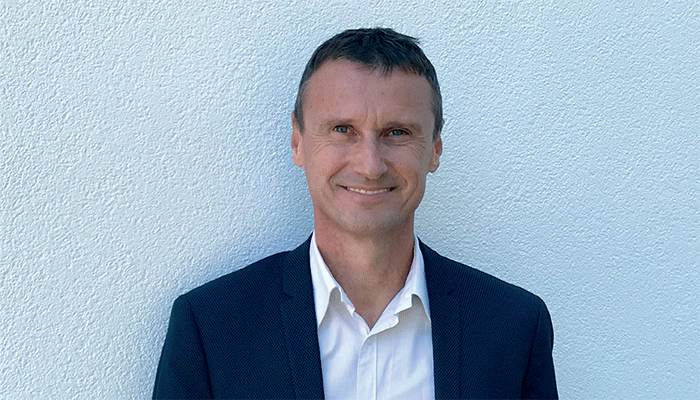On March 6, 2020, I was teaching a class on computer-aided modeling when I received the news that campus would close down for three weeks to “grab the virus by the throat and make a speedy end to its spreading.” Two years later, and I still haven’t attended a single scientific meeting in person or visited a colleague to discuss collaborative work or learn a new technique.
What initially only seemed a brief interlude eventually turned our lives upside-down. In academia, we all sorely missed eye-contact with the students and their feedback when teaching. And I also dearly missed the little conference corridor gatherings where the real latest research results are discussed (most presentations in the lecture halls and on Zoom are about yesterday’s research) and where new collaborations are forged. I even started to miss long-haul economy flights, where fate always places you between a crying baby and a heavy snorer… The pandemic also caused problematic delays for PhD students (especially during the first lockdown) and a great deal of stress for those of us trying to secure research funding.
But every cloud has its silver lining. The pandemic drastically slowed down life, allowing me to discover the most beautiful hiking trails (surprisingly close to home) and to drastically increase my running mileage. Another great joy came with the new electronic meeting format; suddenly and magically, all meetings started and ended perfectly on time – unprecedented in academic media! The pandemic also gave me the rest and quiet to work on some of my favorite ideas in the theory of chromatography, such as the velocity- and retention-factor dependence of the eddy-dispersion term or the establishment of an analytical expression for the retention factor dependency of the mobile phase mass transfer. This theoretical work helped me keep up publishing pace in a period where the data stream from the lab was drying up.
Another breakthrough that probably would not have happened without the pandemic, and the insight of a brilliant young PhD student called Bram Huygens, was the extension of the Taylor-Aris theory to complex generic chromatographic media, which has opened the door to establishing analytical forms for the van Deemter-equation in a whole series of geometries – this was unthinkable previously. I am convinced this will bring our understanding of packing quality and its effect on column performance to the next level, which will help us design new types of chromatographic supports.
Most of all, the peace and quiet also allowed me to develop some ideas for new experimental approaches and for new column designs. Until now, this was still in its infancy, but will hopefully soon be tested in the lab. A lot of attention in our group also went to finding new ways to pack particles in much more ordered and open configurations than the randomly packed columns we have to live with today.
I’ll be speaking about some of these ideas in San Diego for HPLC 2022 (a celebratory 50th edition by the way), and I assume all will be as eager as I am to attend the first HPLC for three years. We must be grateful to Frank Svec for his courage to start up the engine again in a period when the future course of the pandemic was still very uncertain. Due to his efforts, we can now again offer the youngest generation the opportunity to present their work, discuss it with other scientists, and establish their networks. These are crucial aspects in their development as scientists.
In conclusion, I think the pandemic has forced us to rethink our way of working and living. And I do believe that if we could retain some of the positive aspects, such as a more efficient way of organizing our working days and less unnecessary travel, we will be living in a better world than before March, 2020.
Gert Desmet hopes to reveal the first steps on the road to realizing some of the ideas discussed here at HPLC 2022 San Diego in conjunction with an overview of the (r)evolutions in column technology over the past few decades – plus his perspective on the potential of new fabrication technologies, such silicon micromachining and 3D printing





